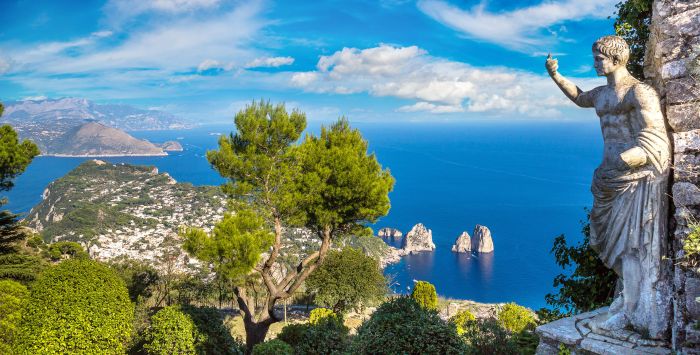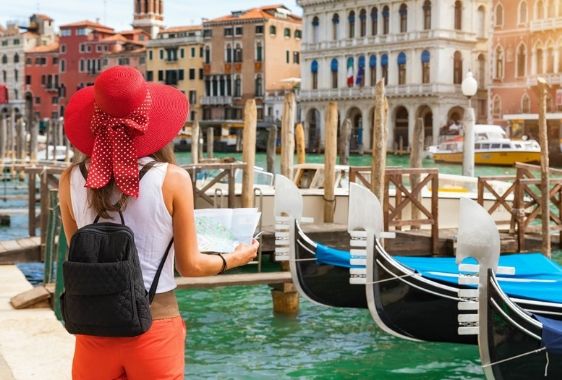In 12 unforgettable hours you will tour the scenic rolling hillsides of this incredible wine region, with ample opportunity to stroll along the mountain pathways and explore the architecture and fine cuisine.
Montepulciano
The first stop of the day is high up in medieval Montepulciano, the largest and highest hillside town in southern Tuscany. Travellers enjoy exploring the alleyways that date back to the middle ages and walking to incredible examples of Renaissance churches and palaces. This is an urban city, at once ancient and modern, where you can feel the imprint of past generations while you shop and experience the culture of contemporary Italy.
It is home to Vino Nobile di Montepulciano, a celebrated, mellow ruby wine that dates back to the 8th century and was actually the first Italian wine to be awarded the exclusive Denominazione di Origine Controllata e Garantita (DOCG) designation. You will enjoy tasting this king of all wines in underground wine cellars that were once Etruscan tombs.
Brunello di Montalcino
Next we encounter the famous Brunello Wine Region of Tuscany, home to over 200 active wineries and the enchanting hilltop village of Montalcino. Wine connoisseurs travel from all over the world to sample Brunello wine, a full bodied dry red wine with some diversity in production that results in variations in taste and flavour. Brunello wine also carries the prestigious DOCG designation.
Here you’ll get a behind-the-scenes look at the production of what is regarded as one of the finest Italian wines. While an aged Brunello decreases the tannins and softens the taste, both old and young vintages are regarded as exceptional with hints of cherries, vanilla, wood, herbs, and other flavours. Even better, once you have had a chance to see how this wine is created you get a chance to put theory into practice as you taste several of the winery’s best vintages and enjoy a Tuscan lunch repast of cold cuts, cheeses, Bruschettas, and locally produced Extra Virgin Olive Oil.
Sant’Antimo Abbey
After a satiating lunch it is time for a little exercise to aid digestion, and a beautiful nearby Romanesque Abbey offers an inspiring destination. This monastery was built over the site of a Roman villa that, according to an ancient inscription, boasted a sacred spring. Legend holds that the abbey was constructed by Charlemagne in 781 to fulfill a promise he made to God after he and his men fell ill and were miraculously cured. The seal of Charlemagne is set into the foundation of the early part of the structure.
The church was rebuilt in the Romanesque style in the 12th century and was historically a site visited by pilgrims and other travellers. Today it is considered one of the country’s finest examples of Romanesque architecture, with beautiful sculptures and frescoes ornamenting the pilgrimage church.










